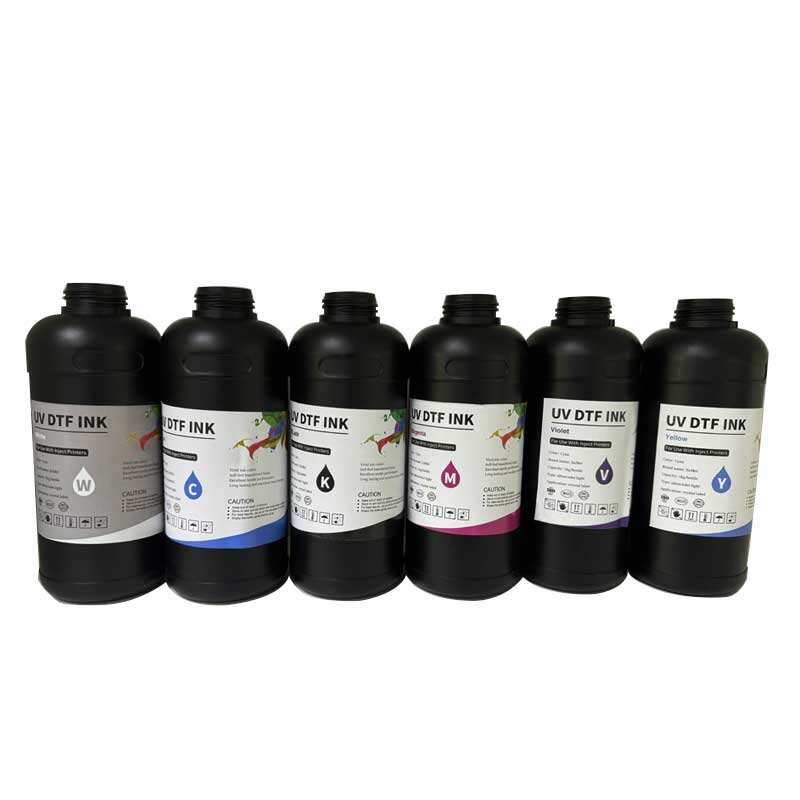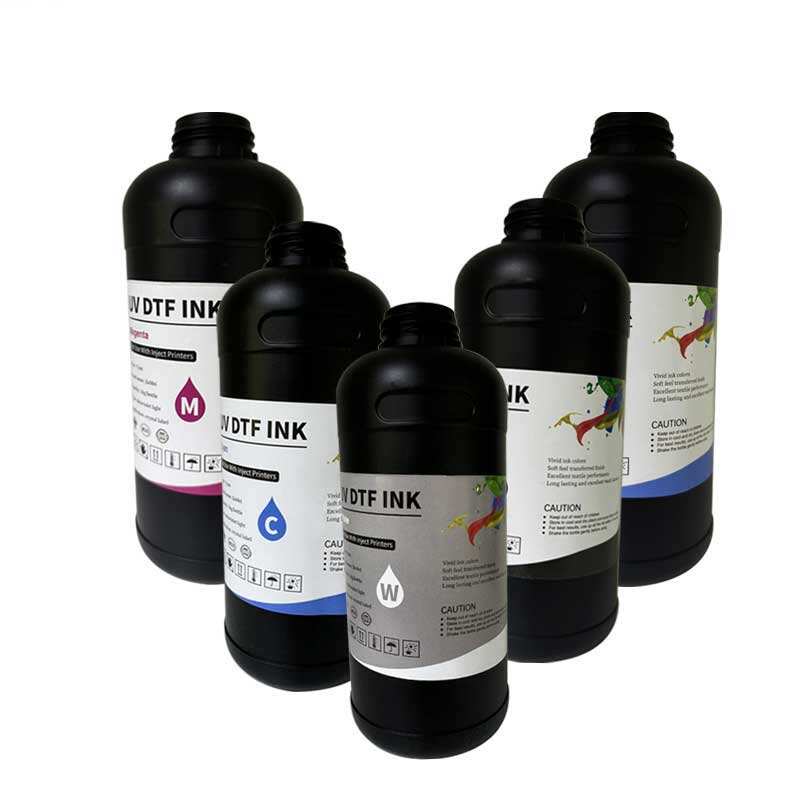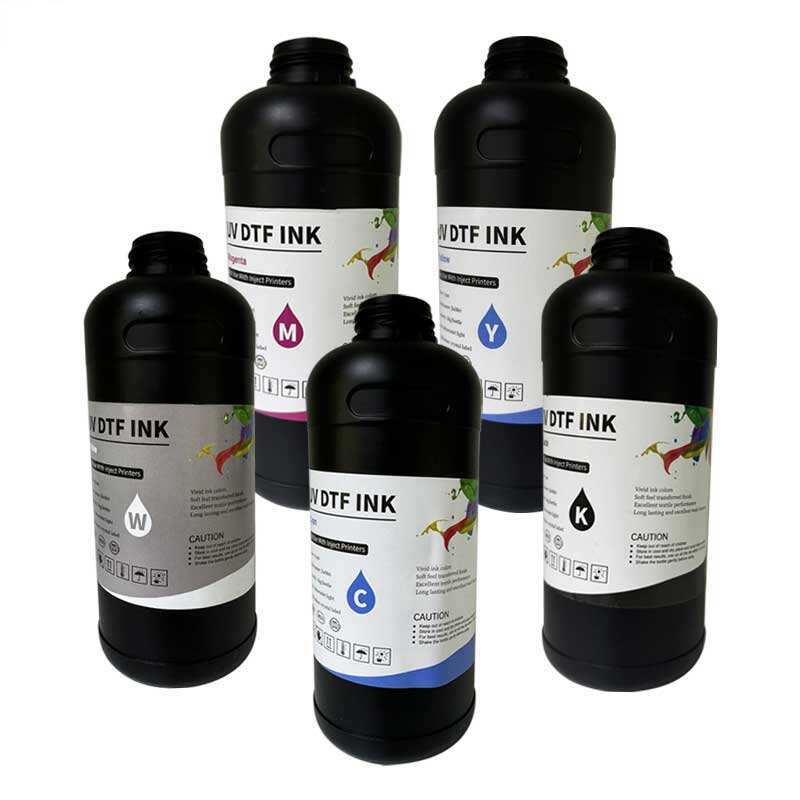uv ink
UV ink represents a groundbreaking advancement in printing technology, offering unique characteristics that set it apart from traditional inks. This specialized ink formulation remains liquid until exposed to ultraviolet light, at which point it instantly cures and hardens through a photochemical reaction. The ink consists of photoinitiators, oligomers, monomers, and various additives that work together to create exceptional print quality and durability. UV ink technology enables printing on a vast array of substrates, including plastics, metals, glass, and wood, without the need for extensive drying time or additional coating processes. The instant curing mechanism allows for immediate handling and processing of printed materials, significantly reducing production time and improving workflow efficiency. Furthermore, UV ink provides superior color vibrancy, excellent adhesion properties, and exceptional resistance to environmental factors such as moisture, chemicals, and mechanical wear. This technology has revolutionized various industries, from packaging and labeling to industrial marking and decorative printing, offering both practical benefits and creative possibilities for modern printing applications.


